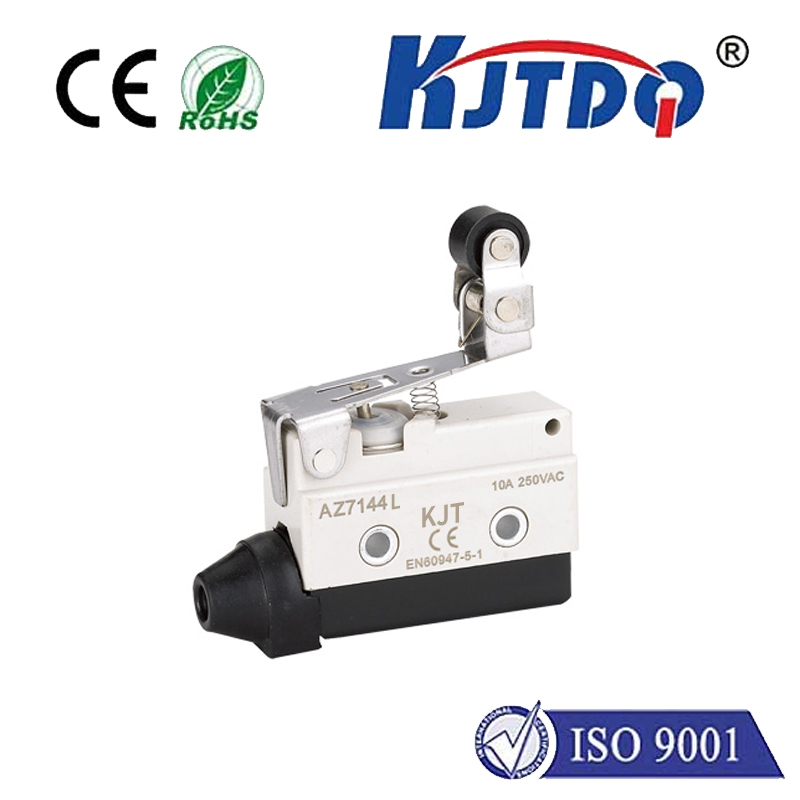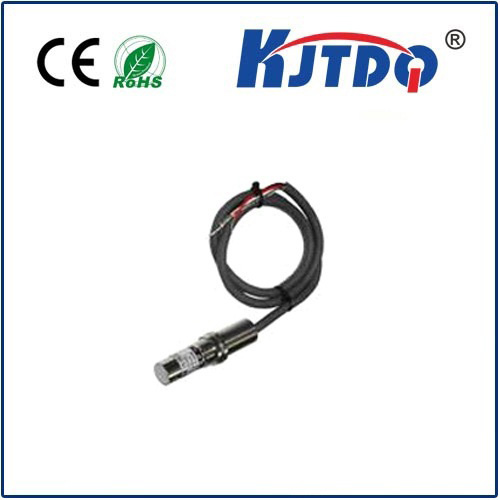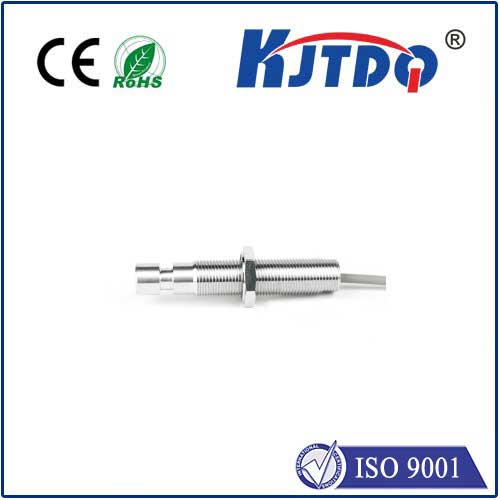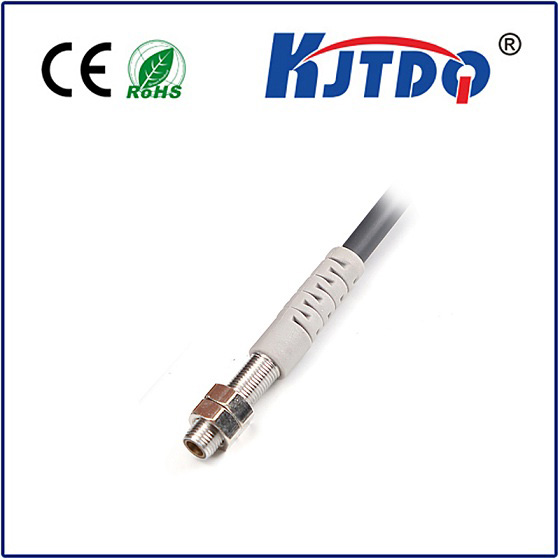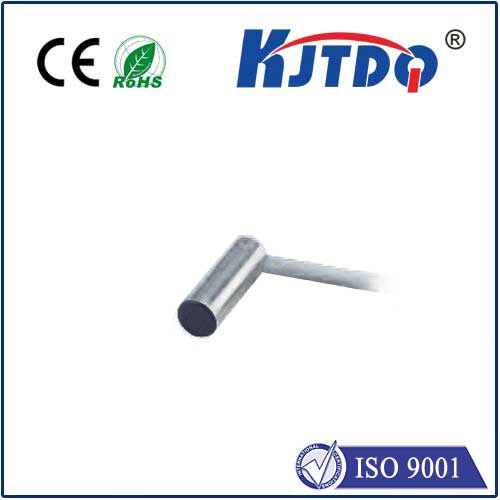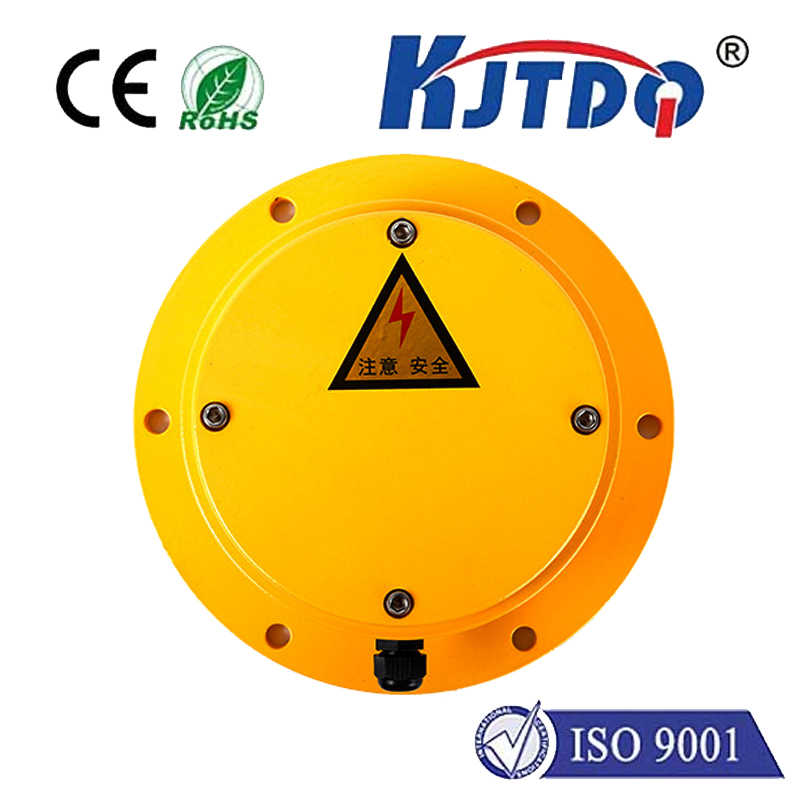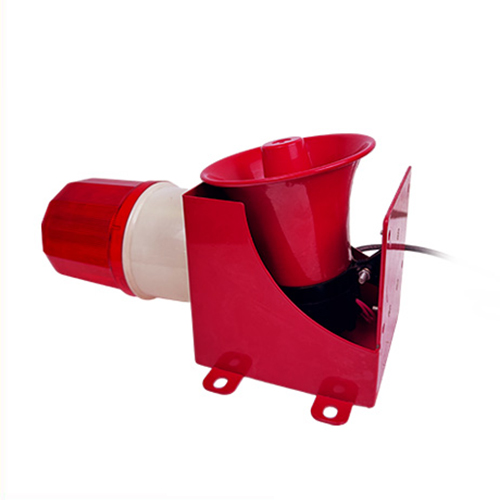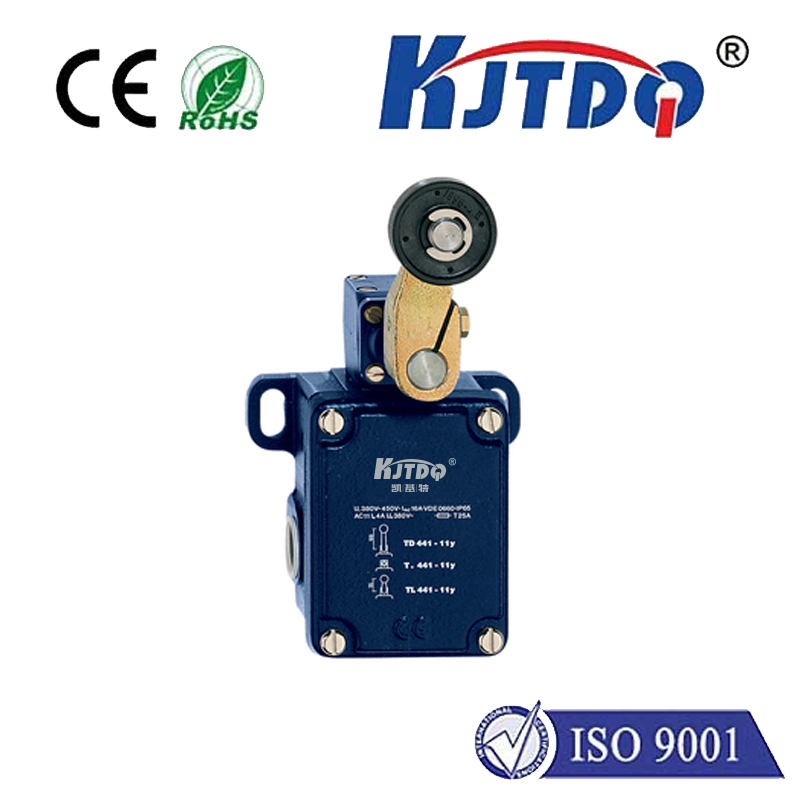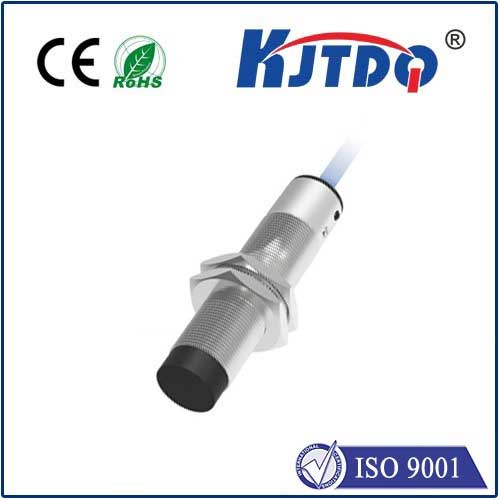battery operated proximity sensor
- time:2025-06-16 15:33:34
- Click:0
The Wireless Revolution: Exploring Battery Operated Proximity Sensors
Ever struggled with running cables through walls, ceilings, or complex machinery just to install a simple sensor? That frustrating challenge of wired proximity detection is fading fast, thanks to the rise of battery operated proximity sensors. These ingenious devices offer unprecedented freedom, stripping away the constraints of power cords and data wires. But what exactly are they, and why are they becoming indispensable across countless applications?
At their core, battery powered proximity sensors perform the same fundamental task as their wired cousins: detecting the presence or absence of an object within a specific range without physical contact. They achieve this using established technologies like inductive, capacitive, or photoelectric principles. The revolutionary difference lies in their power source: compact, onboard batteries. This single change unlocks a world of possibilities previously unthinkable or prohibitively expensive with traditional sensors.

The core advantages of battery operated proximity sensors are transformative:
- Unmatched Simplicity and Flexibility: Installation becomes incredibly straightforward and fast. Place the sensor where you need detection, not just where power is conveniently available. Move it effortlessly as requirements change. This is invaluable in dynamic environments like experimental setups, temporary installations, or frequently reconfiguring production lines.
- Significant Cost Reduction: Eliminate the substantial expenses associated with running conduit, pulling cables, installing outlets, and hiring specialized electricians. The battery operated sensor itself might have a slightly higher initial hardware cost, but the total project cost often plummets dramatically.
- Wireless Freedom: Unplugging from mains power inherently unshackles these sensors. They thrive in locations utterly impractical for wired solutions – rotating equipment, moving parts on machinery, remote outdoor areas, portable devices, or assets traversing large facilities.
- Enhanced Safety: Removing mains voltage wiring from sensitive areas, explosive atmospheres, or wet environments inherently reduces electrical hazards. Battery operation typically uses lower voltages, making these sensors ideal for intrinsically safe requirements.
- Simplified Retrofits and Upgrades: Adding proximity sensing to existing machinery or infrastructure becomes vastly easier. There’s no need to shut down complex systems for invasive wiring modifications. Simply mount the battery powered sensor and configure communication.
The applications for these versatile sensors are exploding:
- Industrial Automation: Monitoring component positions on conveyors, detecting jams, counting products on moving pallets, safeguarding access to hazardous zones on mobile equipment.
- Smart Homes and Buildings: Enabling contactless light switches, occupancy detection in closets or cabinets (triggering lights), monitoring window/door states without wires, smart furniture applications.
- IoT and Remote Monitoring: Deploying sensors on agricultural equipment, monitoring gate positions on vast properties, tracking inventory movement in warehouses, or overseeing remote infrastructure like pumps or valves.
- Level Sensing: Monitoring fill levels in portable tanks, containers, or bins that move or are located far from power sources.
- Predictive Maintenance: Strategically placing sensors on bearings, motors, or other components to detect abnormal vibration or proximity shifts as early warning signs.
- Security Systems: Wireless door/window sensors, perimeter detection on temporary sites, tamper detection on portable assets.
Selecting the right battery operated proximity sensor demands careful consideration:
- Battery Life: This is paramount. Look for sensors boasting ultra-low power consumption and sophisticated power management (like clever wake/sleep cycles). Assess the expected detection frequency and choose a sensor with a lifespan measured in years, not months. Consider battery type (lithium often preferred) and ease of replacement.
- Detection Technology & Range: Choose the type (inductive for metals, capacitive for non-metals/liquids, photoelectric for longer ranges or specific materials) and sensing distance required for your application. Ensure the object properties align with the sensor’s capabilities.
- Output Signal & Communication: Determine how the detection signal needs to be communicated. Options include simple dry-contact relays (N.O./N.C.), wireless protocols like Bluetooth Low Energy (BLE), LoRaWAN, Sigfox, Zigbee, or proprietary RF. Match the communication range and infrastructure requirements.
- Environmental Durability: Consider IP (Ingress Protection) ratings for dust and water resistance and operating temperature ranges, especially for harsh industrial or outdoor environments.
The evolution of battery operated proximity sensors isn’t just about convenience; it represents a fundamental shift towards more agile, cost-effective, and intelligent sensing solutions. By eliminating wires, they empower designers, engineers, and facility managers to deploy critical detection capabilities where they were once impossible or impractical. As battery technology and ultra-low-power electronics continue to advance, expect wireless proximity detection to become the default choice for an ever-expanding array of challenges.






